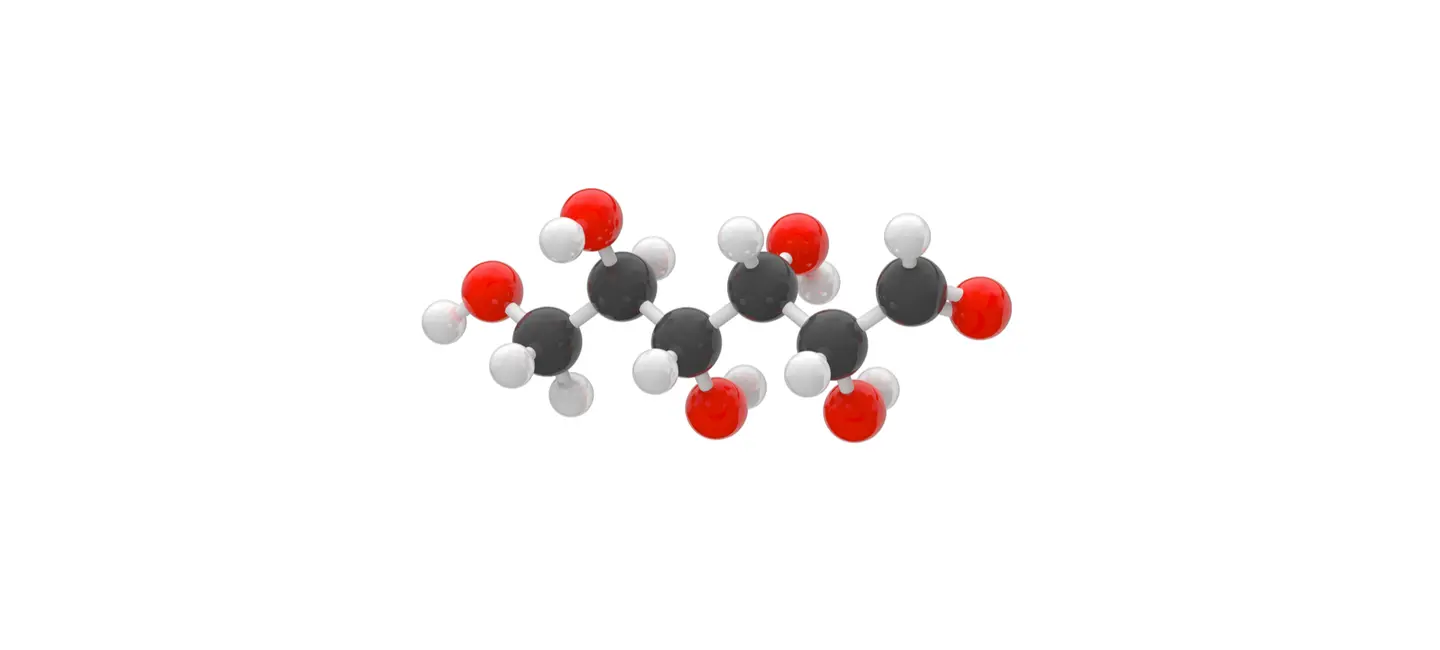
Polydextrose is a complex carbohydrate made from glucose. It's made in a lab and is not digested by the body. Polydextrose is often used as a prebiotic.
Polydextrose does not get digested by the human body. Instead it's digested by good bacteria found in the colon. This helps the good bacteria to grow, which is why it's used as a prebiotic. Prebiotics act as food for probiotics (good bacteria).
People use polydextrose for constipation, prediabetes, diabetes, irritable bowel syndrome (IBS), and many other conditions, but there is no good scientific evidence to support these uses.
Don't confuse prebiotics with probiotics. These are not the same.
Is It Effective?
There is interest in using polydextrose for a number of purposes, but there isn't enough reliable information to say whether it might be helpful.
Is it Safe?
When taken by mouth: Polydextrose is likely safe when consumed in foods in amounts less than 15 grams daily. Polydextrose is possibly safe when used as medicine in doses up to 50 grams daily for up to 12 weeks. But it is possibly unsafe to use in higher amounts. Taking more than 90 grams of polydextrose daily, or more than 50 grams at one time, might cause severe diarrhea in some people.
Special Precautions & Warnings:
Pregnancy and breast-feeding: There isn't enough reliable information to know if polydextrose is safe to use as a medicine when pregnant or breast-feeding. Stay on the safe side and stick to food amounts.
Children: Polydextrose is possibly safe for infants when added to formula at concentrations of 2-4 grams per liter of formula. It is also possibly safe for children 4-8 years old to take in doses of about 4 grams daily.
It is not known if this product interacts with any medicines.
Before taking this product, talk with your health professional if you take any medications.
There are no known interactions with herbs and supplements.
There are no known interactions with foods.
Polydextrose has most often been used by adults in doses of 4-12 grams by mouth daily for up to 4 weeks. Speak with a healthcare provider to find out what dose might be best for a specific condition.
(2S,3R ,4S,5S,6R)-6-[[(3R,4S,5S,6R)-3,4,5-trihydroxy-6-(hydroxymethyl)oxan-2-yl]oxymethyl]oxane-2,3,4,5-tetrol, E 1200.
Information on this website is for informational use only and is not intended to replace professional medical advice, diagnosis, or treatment. While evidence-based, it is not guaranteed to be error-free and is not intended to meet any particular user’s needs or requirements or to cover all possible uses, safety concerns, interactions, outcomes, or adverse effects. Always check with your doctor or other medical professional before making healthcare decisions (including taking any medication) and do not delay or disregard seeking medical advice or treatment based on any information displayed on this website.
© TRC Healthcare 2024. All rights reserved. Use and/or distribution is permitted only pursuant to a valid license or other permission from TRC Healthcare.
